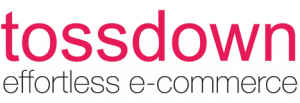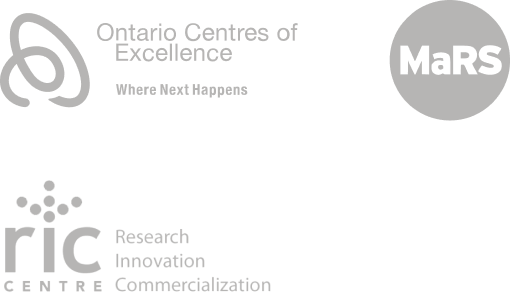eCommerce businesses want to attract more visitors to their online stores and turn them into paying customers. One of the key metrics that measure this success is the conversion rate. Understanding and optimizing your conversion rate is crucial for the growth and profitability of your eCommerce business. Let’s delve into this and explore how you can improve it to drive your business forward.
What is the eCommerce conversion rate?
A conversion rate is a metric that measures the percentage of website visitors who take a desired action, such as making a purchase, signing up for a newsletter, or filling out a form. It is calculated by dividing the number of conversions by the total number of visitors and then multiplying the result by 100. For example, if you had 100 conversions from 1,000 visitors, your conversion rate would be 10%.
Your conversion rate directly impacts your business’s revenue and profitability. A higher conversion rate means more customers are completing the desired action, leading to increased sales and revenue. By understanding and optimizing your conversion rate, you can identify areas for improvement, implement effective strategies, and increase your business’s overall success.
What is the ideal conversion rate for eCommerce?
Determining a benchmark for conversion rates can help you gauge the effectiveness of your eCommerce business and compare it to others. Typically, conversion rates in eCommerce range from 1% to 4%, so achieving anything above 3% is considered a favorable conversion rate to strive for.
Optimization of eCommerce conversion rates
To ensure that your conversion rate remains competitive and to address any decline in performance, it is advisable to adopt these strategies for optimizing conversions.
Grab their attention
Effective website design plays a crucial role in converting visitors into paying customers. Which is why it’s essential to approach website design with a fundamental understanding of user experience design. A crucial principle in user experience design emphasizes the need for effortless navigation on your website, making it interactive and user-friendly. Fortunately, you do not require a design degree to create an intuitive eCommerce website. By using a proven eCommerce website theme, such as those offered by tossdown, you can simply focus on integrating your product catalog.
Responsive website
If your website lacks optimization for mobile devices, commonly referred to as “responsive” design, the possibility of users returning to your site on a desktop and completing a purchase decreases significantly. In most cases, they will simply abandon their cart and opt for a competitor’s website that offers mobile accessibility. Simplify the online purchasing process for shoppers.
Payment options
If you observe a high number of customers adding items to their carts but not completing the checkout process, it’s quite possible that you’re not offering a sufficient range of payment options. To address this, ensure that your eCommerce website is equipped to accept various payment methods, including credit and debit cards, PayPal, and other financing options. By providing a diverse range of payment choices, you can enhance convenience and flexibility for your customers, thereby increasing the chances of successful transactions.
Clear and concise policies
One common reason for cart abandonment is the unexpected surprise of shipping costs. To address this issue and improve eCommerce conversion rates, it is crucial to ensure transparency regarding your shipping and return policies, as well as the associated costs.
Make sure to clearly display shipping costs on each product page so that customers are aware of the expenses before reaching the checkout stage. Additionally, you might want to consider offering free shipping for orders that exceed a certain threshold. This can serve as an incentive for customers to make larger purchases, thereby increasing the overall conversion rate.
Product descriptions
Insufficient product information can lead to confusion among customers, resulting in reduced sales. To overcome this, it is crucial to create detailed and informative product descriptions that leave no room for hesitation.
To increase eCommerce conversion rates, providing comprehensive product information is essential, including nutritional facts, ingredients, storage recommendations (for grocery stores), and details about taste, texture, ingredients, cooking methods, and dietary/allergen information (for bakeries and restaurants). By providing informative descriptions that address the specific needs and preferences of their customers, these businesses can effectively boost their eCommerce conversion rates.
If you’re looking to grow your eCommerce business, we are here to help you upgrade your eCommerce conversion rate. Book a demo today and discover how tossdown can take your business to the next level.


